This Med Student is Attempting STEM Outreach in Pakistan. It’s Proving Difficult.
March 30, 2018I still remember that day, it was the second day of 9th grade and our teacher asked us what do we want to become after finishing school? The classroom erupted with mocking laughs of every student (including my teacher) when I said that I want to become an astronaut.
I was 15 years old at that time. I really felt embarrassed!
I wondered “what’s so bad in becoming an astronaut?” Over time that little spark grew into a passion. In my first year of high school, I got into an argument with a classmate. She was bullying me about wanting to become an astronaut. She kept saying things like “you can’t go to space!” and “those who go to space die!”.
Now that’s what makes me crazy. People here in Pakistan don’t believe that going to space is actually possible.
One day while on Facebook, I saw a picture on the newsfeed that changed my life. It was a beautiful and colorful image of the Aurora Borealis. The first words with the caption “In Iceland’’ flipped my world upside down!. I used to believe that those pictures were just made up for computer desktops, but those words showed me that auroras actually exist. This inspired me to learn more about ‘astrophotography’, which combines my strong interests in both outer space and photography.
Even now my college classmates mock my space dreams. According to them, doing astronomy outreaches is a waste of time because they don’t make any money and they aren’t related to my professional degree. My only answer to them is that doing those outreaches gives me inner peace.
My name is Yumna Majeed and I am currently studying Medical Laboratory Technology from Allama Iqbal Medical College, Pakistan. I am an ordinary girl with an extraordinary dream of becoming Pakistan’s first female astronaut and creating awareness about space technology. My country’s general public is not aware of our space agency. Not everyone here can differentiate between astrology and astronomy.
In fact, they believe in stars and luck but don’t believe in moon landings.
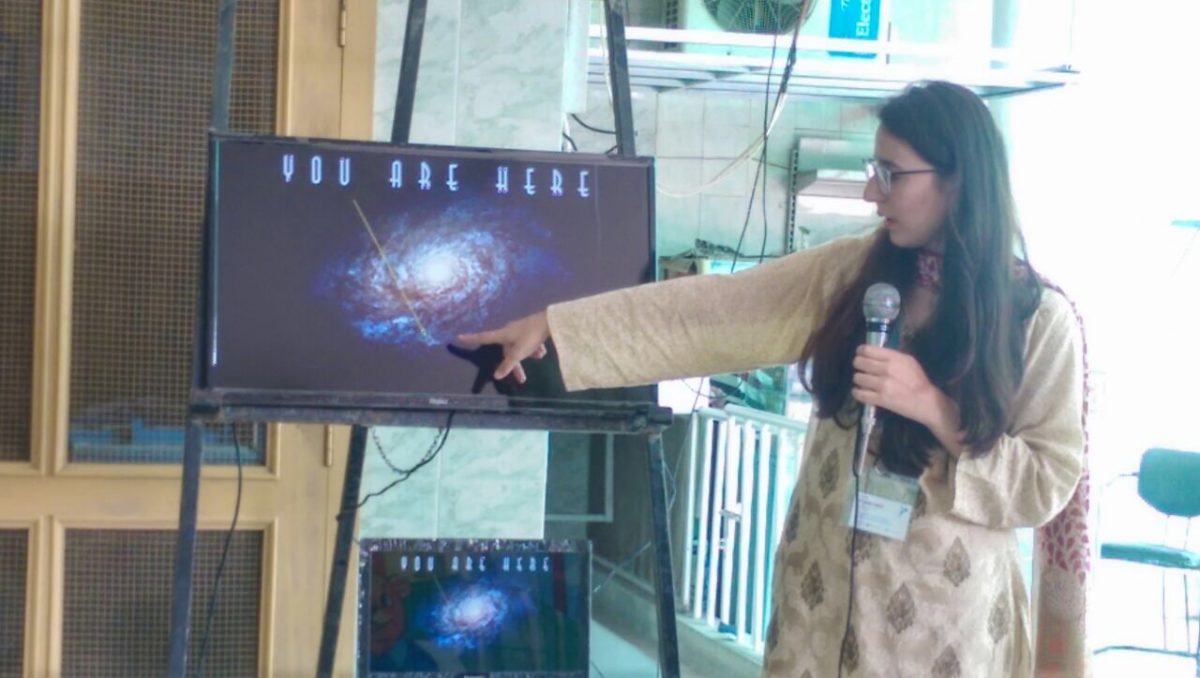
Two years ago, I decided to try my best to change those beliefs by helping people learn more about space technology. Because I am a girl, it has been difficult for me to ask different schools for time to work with their students.
It was so disappointing because many school’s owners think my idea of promoting astronomy is a distraction to their students. I’ve cried many times because of their negative criticism.
Until recently, I felt really discouraged about sharing my excitement for space after constantly hearing people say, say things like “You cannot become an astronaut because you are studying medical sciences” and “ Pakistan has no plans to send anyone into space in anyway”.
They have no idea about Astronaut Peggy Whitson, Astronaut Kate Rubins and many other astronauts who have medical/life sciences educational background. I have chosen to stop responding them and chase my dreams regardless. After more than two years of struggling to make progress, I am happy to say that now schools are willing to let me work with their students.
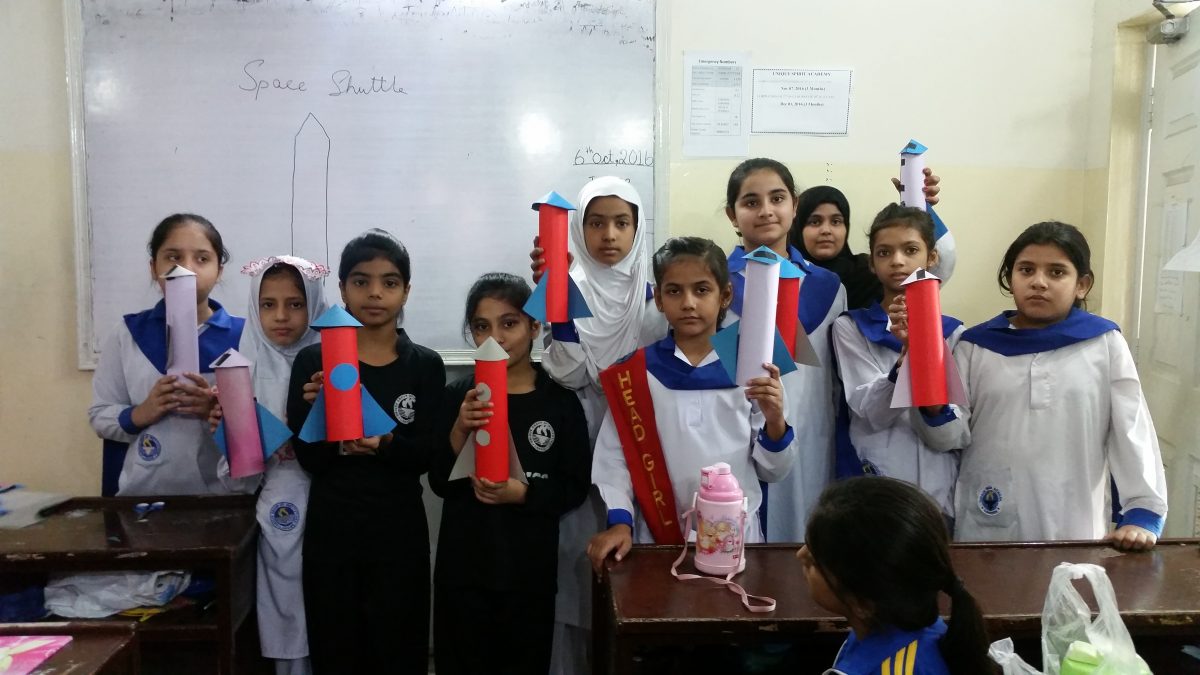
The best moment of this journey was my first outreach event. I gave a lecture on solar system in the same classroom where I used to learn in as a little girl. Here are some pictures from that first event. A great deal of my work in arts and crafts show astronomy or some other science, so I brought that to the classroom with me to teach kids astronomy through art.
Star Letters: What is your favorite part about your science outreach program?
Yumna: My favorite part of science outreach is when children ask questions about space with so much curiosity. I love their expressions when I debunk some space myth or show them video of any astronomical phenomenon.
Star Letters: Is there anyone that inspires you in terms of science or art?
Yumna: In terms of Science, I am inspired by every astronaut. Especially Astronaut Peggy Witson, Astronaut Kate Rubins, Astronaut Scott Kelly, Astronaut Clayton Anderson and the astronauts who have educational background of medical/life sciences. They are my hope that medical professionals can also become an astronaut.
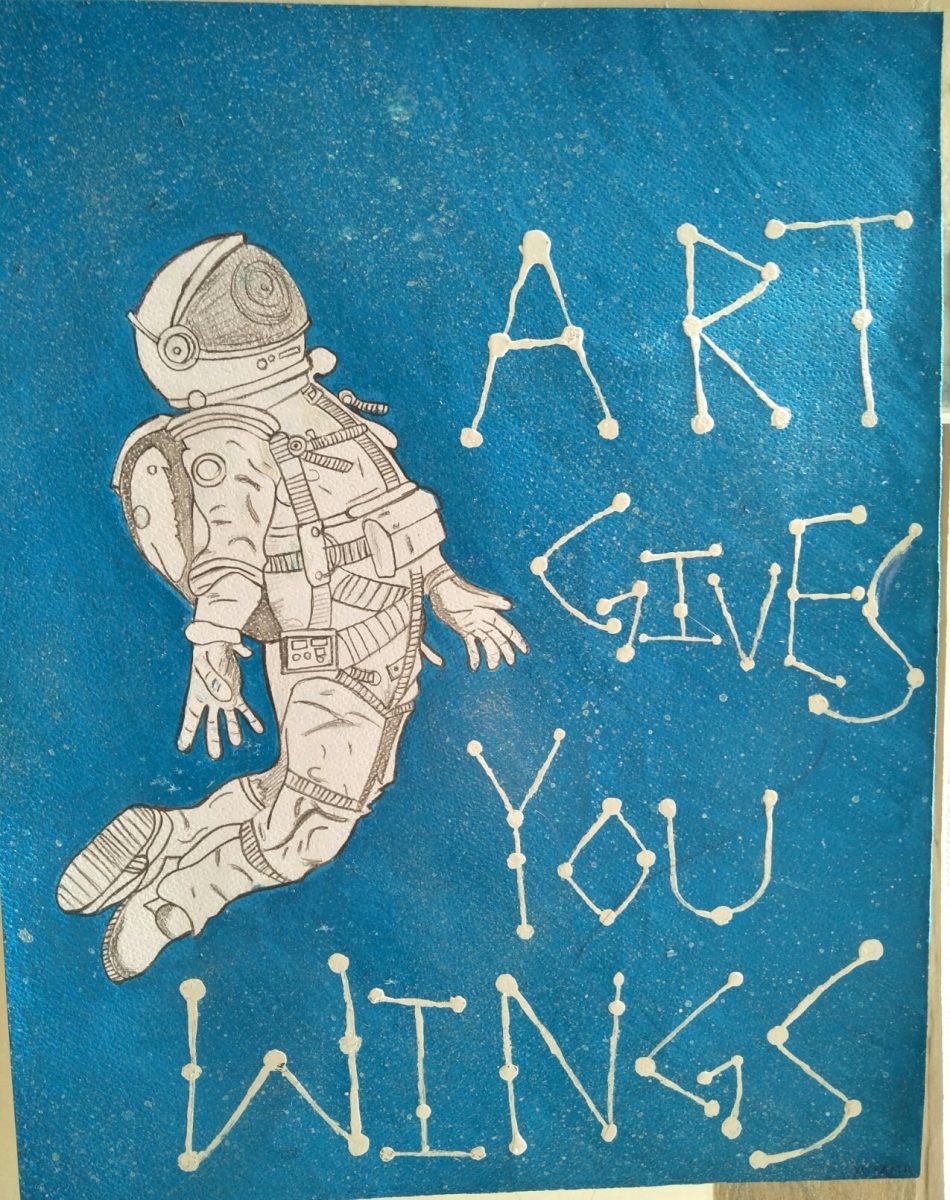
In terms of art, I was really inspired by Astronaut Nicole Stott and artwork of Alan Bean , Kim Poor gave me a vision of how to combine arts and science together. I am not an experienced space artist but I started making 3D space greeting cards and that idea turned out to be amazing and I was encouraged when my first sci-painting at college’s art gala won medals. So I decided to pursue it because people take interest in observing paintings but not theories and I believe that sci-art is a perfect way to force people to think about science!
Star Letters: What is the most rewarding thing, in your opinion, about your science outreach?
Yumna: It is the sense of achievement I get when I tell students a fact that they never knew before. To see their amazement after knowing solar flares and northern lights is most awaited moment for me.
Star Letters: What are your ultimate goals or dreams with your outreach? In a perfect world, what would it accomplish?
Yumna: There are numerous schools over here and I may not be able to do a single outreach in every school of my city. I want to do maximum outreaches.
In a perfect world, I would like to create a mini science lab in every school. Every school should have a microscope and a telescope to admire the beauty of small as well as big thing. I want our teachers to be enthusiastic, active and adopt new ways to teach science instead of teaching students the old textbooks.
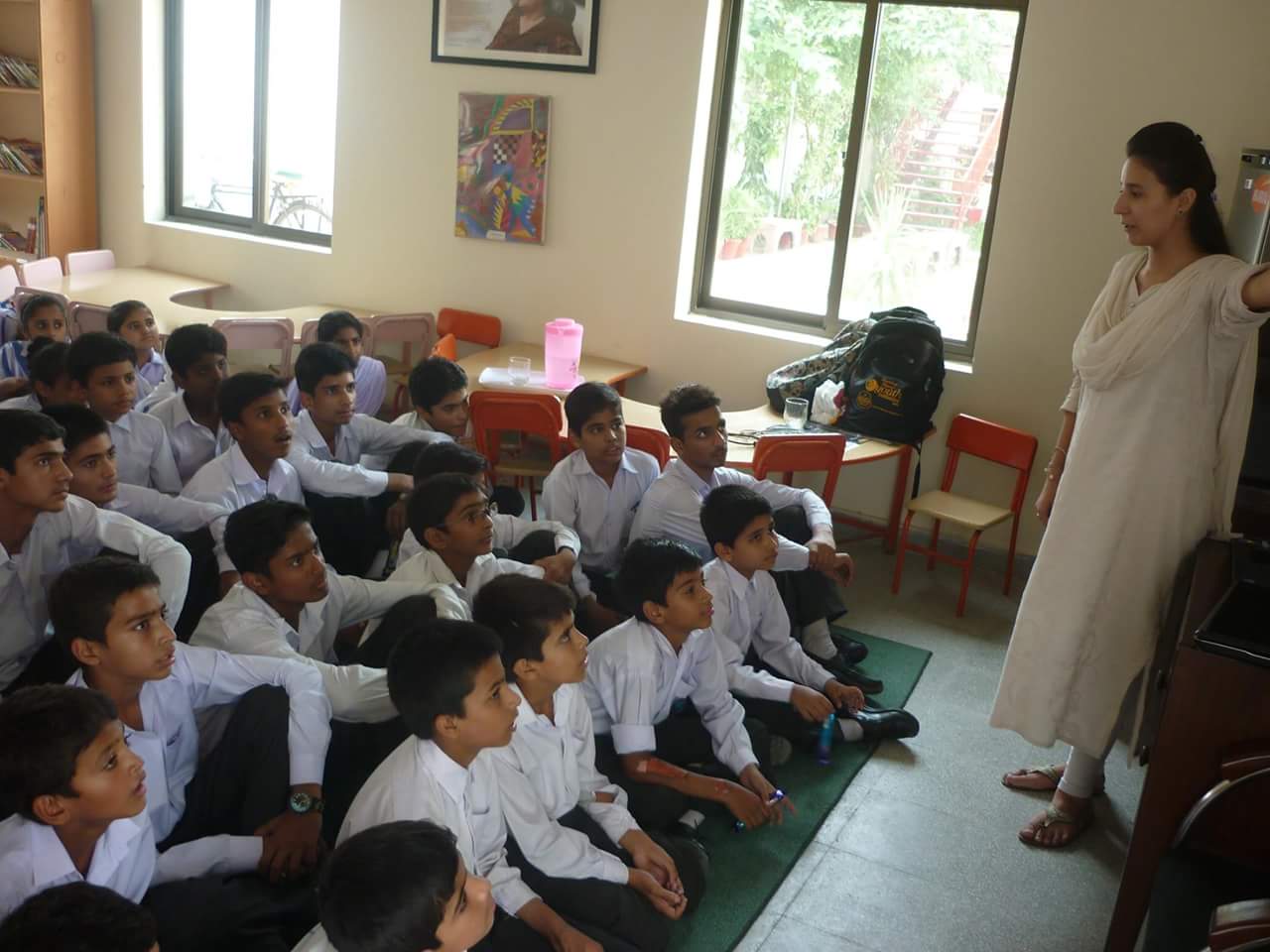
Star Letters: Was there something that inspired you or drew you to bring the two worlds of art and science together?
Yumna: My passion of arts as well as for astronomy inspired me to do so because I always link my interests together. Like Space+Arts , Space+ Medicine, Space+Writing. Space artists inspired me too.
When I started science club at my medical college I observed that the number of students visiting arts exhibition was far more greater than that of the students attending any science event. It drove me to put my science passion in arts exhibition.
Star Letters: Some people say that art and science are opposite worlds. What is your opinion on this? Do you think they have any similarities?
Yumna: Art is a unique way to understand science. Coming out of numbers and equations, observing a painting can may help you understand the pin points of the science addressed by the artwork.Sci-Art is a gateway to imagination and imagination is the tool which brings science in the form of equations and art in the form of colours. Science and art makes a cycle, revolving around imagination.
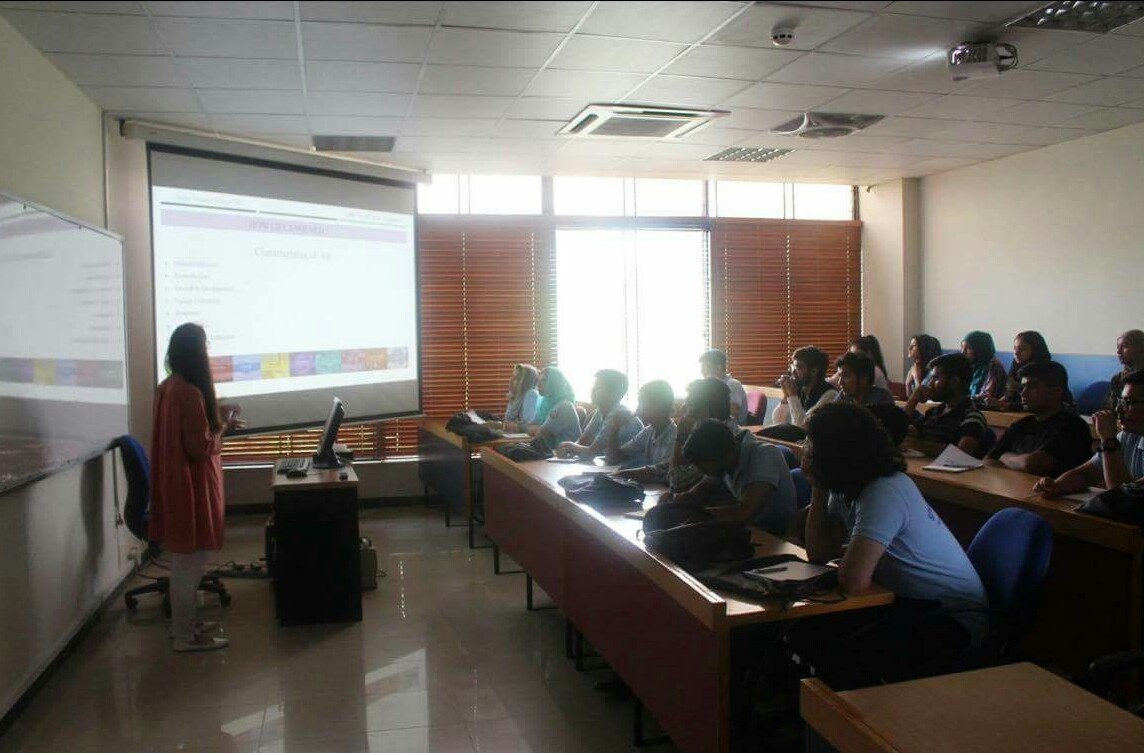
Star Letters: What are the greatest obstacles you face when it comes to science or art? How do you overcome them, or how do you wish you could overcome them?
Yumna: Painting the small details is difficult for me. Painting a moon is easy but making craters on it isn’t that easy. Overall, I face confusion when I try to paint a pure science picture, my fictional thoughts keep pinging me.
 Cassie Thonen is a Space Reporter and Photojournalist for Star Letters. She studied Studio Art and Design at Northern Illinois University, with a degree emphasis in Photography. When she is not chasing rockets or staring at the stars, Cassie can be found perfecting her photography or with her dogs, Frankie and Chewie. You can find her on Twitter and Instagram.
Cassie Thonen is a Space Reporter and Photojournalist for Star Letters. She studied Studio Art and Design at Northern Illinois University, with a degree emphasis in Photography. When she is not chasing rockets or staring at the stars, Cassie can be found perfecting her photography or with her dogs, Frankie and Chewie. You can find her on Twitter and Instagram.

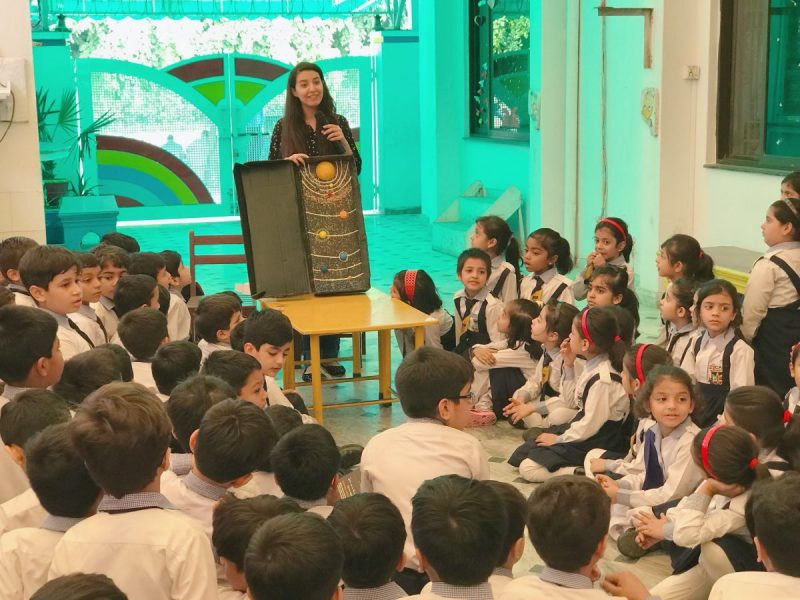
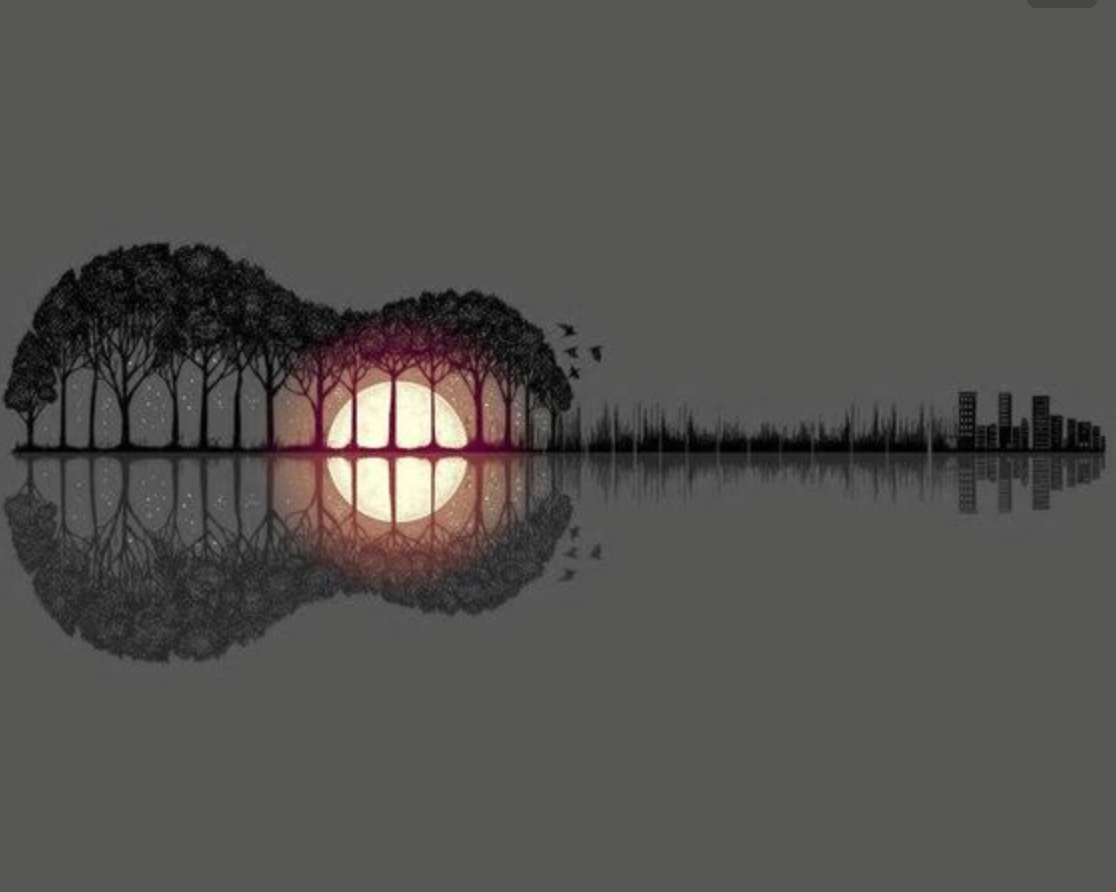
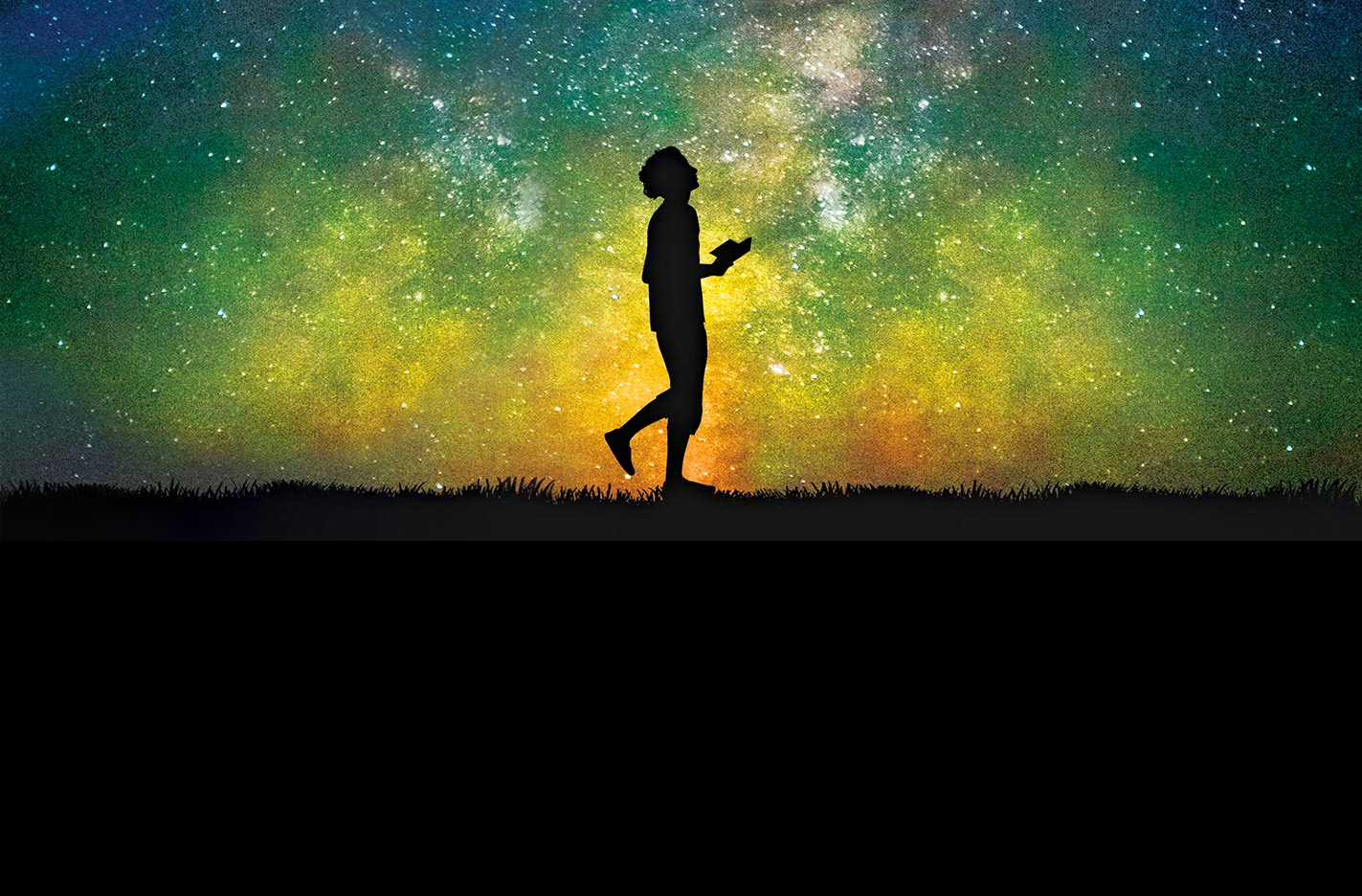






Hello , my name Dheeraj Kumar and I am belongs to Pakistan . I am student of life science and I also interested in space Science . I loved to know about star , Galaxy , black holes , supernovas and other amazing and weird thing in space .
I hope that Yumna achieves all of her dreams and more. She is inspiring!